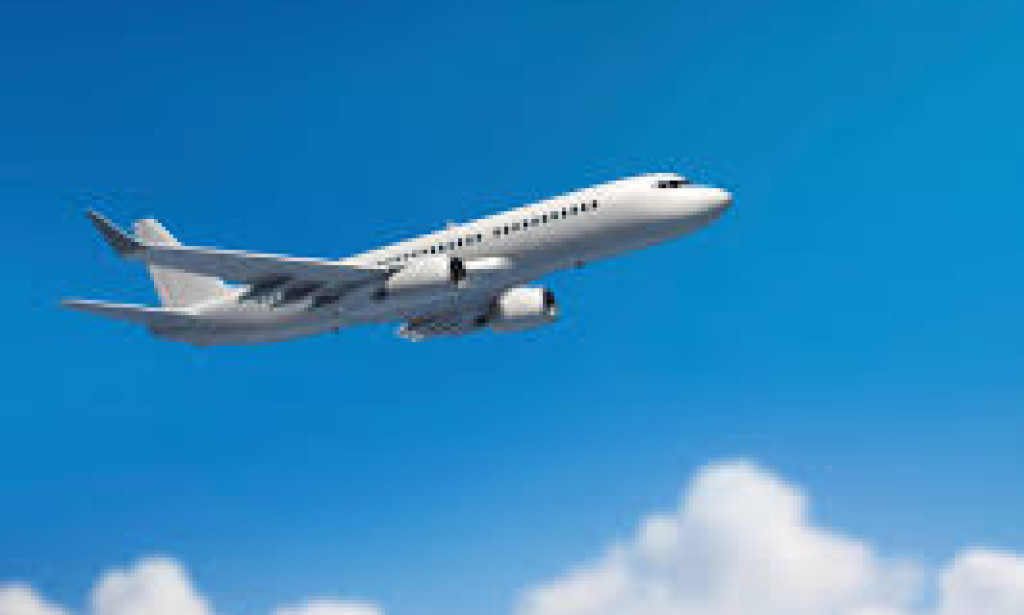An airplane is able to fly in the air due to a combination of several factors, including:
-
Bernoulli's Principle: This principle states that as the speed of a fluid (such as air) increases, its pressure decreases. The shape of an airplane's wings, called airfoils, is designed to take advantage of this principle. The top of the wing is curved and the bottom is relatively flat. As air flows over the curved top of the wing, it has to travel a greater distance than air flowing along the flat bottom, which means that it has to move faster. This creates an area of low pressure on top of the wing, which generates lift and helps to keep the airplane aloft.
-
Newton's Third Law: This law states that for every action, there is an equal and opposite reaction. An airplane's engines provide forward thrust, which propels the airplane through the air. As the airplane moves forward, air is pushed backwards, creating an equal and opposite force that helps to lift the airplane.
-
Weight and Gravity: An airplane's weight is counteracted by the force of gravity. The lift generated by the wings needs to be greater than the weight of the airplane in order to stay aloft.
-
Control Surfaces: An airplane has several control surfaces, including ailerons, elevators, and rudder, that allow the pilot to control the airplane's movement through the air. The ailerons control roll (tilting the airplane from side to side), the elevators control pitch (tilting the airplane up or down), and the rudder controls yaw (turning the airplane left or right).
All of these factors work together to enable an airplane to fly in the air


You must be logged in to post a comment.